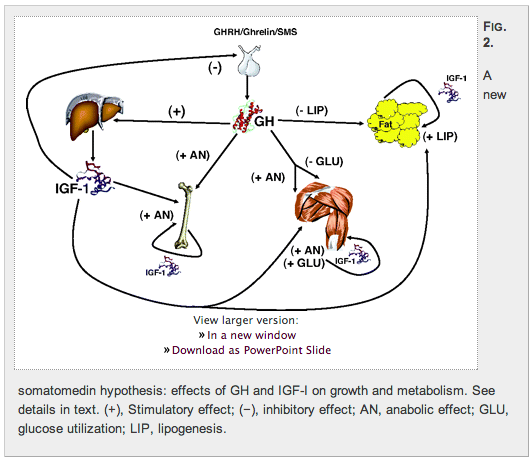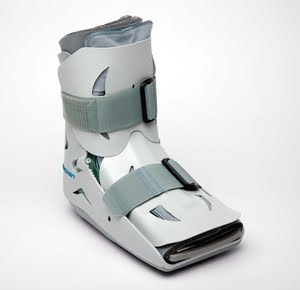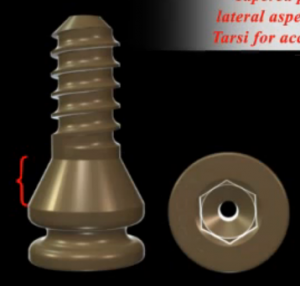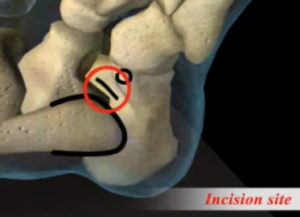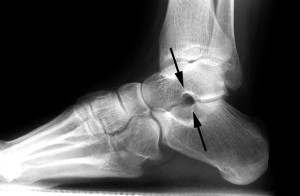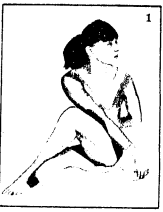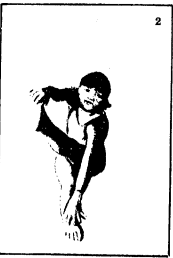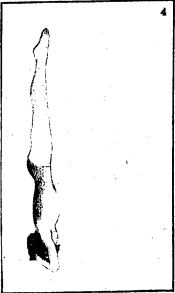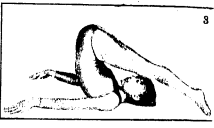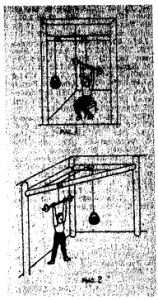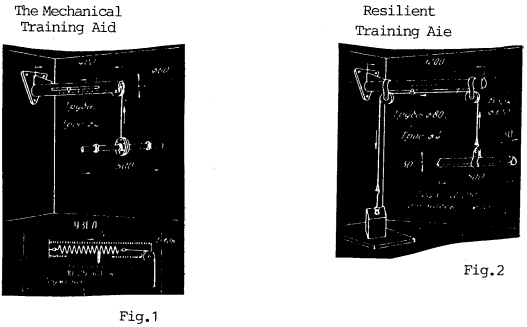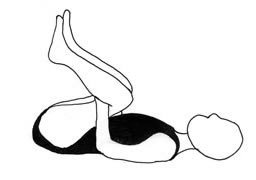After reading enough articles I have reached the conclusion that there are certain types of mutations that can occur in a family which can cause multiple people in the family to develop extremely tall stature. Whether these mutations means that all families that have the height gene would be something wrong or at least inconclusive. We know that there are people who come from tall families. Their father and mother was tall, so they were tall as well as their siblings. I am not sure if the tallness that they receive can be considered a true mutation. Would Yao Ming be considered a healthy, idiopathically tall individual who does not have any type of genetic mutation to result in his extreme height? I can’t even answer that question. The point is that there are some related people in a family who exhibit height at a level that put them in the upper reach of human height and make them look abnormal.
Some common cases would be the recessive gene that was found in Charles Byrne, the Irish Giant who had distant cousins and relatives who also ended up very tall. I wrote about him and his link to people even today who show extremely tall stature in the post “Genetic Mutation Causes Pituitary Tumor Gigantism, The Interesting Case Of Charles Byrne The Irish Giant”
There is also the curious case where I found an article about this family of extremely tall individuals in Southern Vietnam. The post is “A Family Of Giants Of Extremely Tall Stature In Bac Lieu Southern Vietnam“. This case of extremely tall stature must come from some type of genetic mutation which was passed down to half of the offspring signifying that the mutation is dominant in nature. This situation I would classify as something that is not idiopathic. The extremely tall stature is technically from genetics but is the result idiopathically healthy tall offspring?
The point of this post is to show that unlike the healthy type of genetic cause for extreme height seen in small families, there are some types of genetic mutations that can cause entire families to exhibit tall stature which results in people who are not completely healthy.
So what types of genetic mutation would cause familial gigantism?
Study #1: Familial Gigantism
Familial GH-secreting tumors are seen in association with three separate hereditary clinical syndromes:
- multiple endocrine neoplasia type 1 (MEN1) – Autosomal-dominant MEN1 syndrome is associated with a loss of heterozygosity (LOH) on chromosome locus 11q13 (57). The MEN1 gene tumor suppressor gene encodes a 610-amino acid protein known as menin….Pituitary tumors occur in approximately 30–50% of patients with MEN1 (58), but the frequency of GH-producing pituitary tumors in MEN1 patients is only about 10%.
- Carney complex (CNC) – CNC is associated with a LOH on chromosomal locus 17q22–24. Germline mutations in the protein kinase A (PKA) regulatory subunit 1 (PRKAR1A) gene have been identified…Pituitary adenomas occur in 10–20% of patients with the autosomal-dominant CNC, and these are invariably GH-secreting tumors.
- familial isolated pituitary adenomas (FIPA) – Inactivating germline mutations in the aryl hydrocarbon receptor that interacts with tumor suppressor protein (AIP) can be found in 40–50% of families that have a case of acromegaly
- multiple endocrine neoplasia type I (MEN-1) – Loss of heterozygosity on chromosome 11q13…closely linked to the MEN-1 tumor suppressor gene.
- the Carney complex
Study #3: Familial acromegaly
Three distinct syndromes have been recognized to date:
- multiple endocrine neoplasia, type I (MEN-1),
- Carney complex (CNC)
- isolated familial somatotropinomas (IFS)
Isolated familial somatotropinomas can be caused from 1 of three types of genetic mutations. They are…
1. endocrine neoplasia complex that includes multiple endocrine neoplasia type 1 (MEN-1)
2. Carney complex (CNC) – somatotropinomas are the predominant pituitary tumor subtype associated with CNC and arise before 30 yr of age, which is strikingly similar to the age at diagnosis for IFS. CNC has been mapped by linkage analysis to chromosomes 2p15-16 and 17q23-24 in different kindreds
3. isolated familial somatotropinomas (IFS) – defined as the occurrence of at least two cases of acromegaly or gigantism in a family that does not exhibit MEN-1 or CNC. Is associated with loss of heterozygosity (LOH) on chromosome 11q13, the locus of the MEN-1 gene, although the MEN-1 sequence and expression appear normal.
This study was used because it suggests that there is another tumor suppressor gene located at 11q13 that is important in the control of somatotrope proliferation. This report establishes linkage of the tumor suppressor gene involved in the pathogenesis of IFS to chromosome 11q13.1-13.3 and identifies a potential second locus at chromosome 2p16-12.
Study #5: Clues to gigantism provided by family in Borneo Mountains
1. Aryl hydrocarbon receptor interacting protein (AIP) gene. It has been known since 2006 that defects to this gene are associated with a predisposition to development of pituitary tumors
Professor Korbonits was able to identify a specific genetic mutation in Irish patients with a family history of acromegaly
The subsequent complex biostatistical calculations showed that the original mutation developed around 1,500 years ago and has been passed on from generation to generation ever since. It is estimated that around 200 to 300 people still carry the mutation today.
Study #6: Genetic Mutation Responsible for ‘Gigantism’ Disease — Or Acromegaly — Identified
Genetic Mutations that would lead to gigantism & acromegaly.
1. a mutation in the AIP gene
Conclusion
So I wanted to try to take all the scientific and genetic information from all 6 studies I read over and summarize them together. There are current three general defined syndromes that cause multiple members in a family to get extremely tall stature. They include
- Multiple Endrocine Neoplasia Type 1 (MEN-1) Syndrome
- Carney Complex (CNC)
- isolated familial somatotropinomas (IFS)
The final result from all of these syndromes is that multiple family members develop pituitary adenomas which can sometimes cause excess growth hormones release when they are in the younger years when the growth plates are still open. This adenoma occurs when the person is young and still growing and when they are adults and have no more growth plates.
As for the cause, the consistent thing that is stated over and over again is that “loss of heterozygosity (LOH) on chromosome locus 11q13” is what seems to cause both the MEN-1 syndrome and the IFS.
I may be wrong but it seems that in the specific chromosome area, there are at least two different ways that mutations can work. Each different mutation leads to either the MEN-1 or the IFS. It seems that maybe MEN-1 is more common than IFS and that the entire term for IFS is referring to a disorder that leads to familial pituitary adenoma and the markers than should indicate it was caused by MEN-1 and CNC don’t show up.
There is actually a fourth syndrom termed called familial isolated pituitary adenomas (FIPA). However I am thinking that FIPA is either just another way to say IFS, or it is an umbrella term to talk about endrocine neoplasia disorders in general. It is said that FIPA is caused from a mutation on the AIP gene, which is defined by the researchers to be “aryl hydrocarbon receptor that interacts with tumor suppressor protein”
While the Carney Complex does have come links in genes to MEN-1 and IFS, its cause seem from be from another area of the genome, specifically chromosomes 2p15-16 and 17q23-24.

